The Increasing Importance of Good Design
Article written by:
Rob Wall
The importance of good design in recent years, is in my opinion, a subject that has gained a lot of traction in attempts to reintroduce the principles of ‘good design’ into residential developments across the country.
The Government-backed report released in January 2020 titled ‘Living with beauty: report of the Building Better, Building Beautiful Commission’, exemplifies the value of good design in residential developments and discusses how the importance of achieving good design has been overlooked in recent years, to be replaced by schemes which in some cases, although attractive, do not show true consideration of ‘beauty’ and outward appearance in their design.
In aspect, what one may refer to as ‘good design’ may be contested by others as unattractive, which is understandably so, as this ongoing debate allows for variety and difference in development appearance. However, the fact of the matter is that good design, no matter in what shape or form, and longevity of developments are seen to go hand in hand. This therefore places an increasing premise on the need to facilitate good design and appearance in housing developments to increase the lifetime of buildings.
This is a factor which the report touched upon, in pushing its argument towards facilitating well designed development proposals. Not only would this improve the visual aspects of places, increasing property values both on initial sale, and the increasing value for residents, but would also lead to further benefits, as it is proven by numerous academic studies such as Burton (2015) that being in attractive environments can improve mental wellbeing for those who live there – mental health being another subject which has seen an increasing importance in recent years.
The creation of ‘beauty’ in places would also lead to greater brand recognition for housebuilders, through creating beautiful places in which people may look upon admirably. These aesthetical improvements within development do not necessarily equal greater costs for materials either, as it is well known that the production of good design in places can be a result of small changes, such as increasing trees and greenery on site, or altering the position of a plot to improve the ‘openness’ of a proposal. Many of these subtle amendments can create great benefits to those who live there, subsequently encouraging residents to stay for longer.
For proposals seeking planning consent, I note that the proposals that demonstrate an eye for detail in design and appearance, are understandably looked at more favourably by planning officers, especially given that good design and appearance are shown to directly correlate to the sustainability of a proposal: Sustainability being a planning consideration which lies at the heart of the NPPF in the presumption in favour of sustainable development.
This therefore brings the discussion to a pinpoint, where idealistically I would encourage applicants to habitually apply the principles of good design throughout planning proposals, although I am well aware that this request is a long shot as time constraints, and additional costs may apply. In reality, these discussions of what constitutes beauty in places are strongly guided by personal opinion and individualistic human nature, but what can be certain, is that good design of places is nationally recognised by the NPPF, and I think that the requirement for planning proposals to demonstrate good design will continue to increase in importance over the coming years, as the government’s objective to build more houses intensifies.
This production-line based approach of housebuilding and need to meet housing supply levels appears to be leading to a point in which the MHCLG are moving towards a more aesthetically-based approach, with a greater focus on ‘placemaking’ and visual attraction of places, to create a greater sense of place to areas whilst still meeting housing delivery requirements. Therefore, the importance of good design in places will continue to gain prominence. In this case, I think that the best we can do at present, is to predict these changes and adapt our approach to become more aware and considerate of the design of proposals, taking a more hands-on approach to encouraging and facilitating good design and attractiveness. I’m personally looking forward to this and think it will allow planners, architects and applicants to become more creative in their approach, and who knows? it may mean that the public may like new developments just a little bit more!
Burton, L., 2015. Mental Well-being and the Influence of Place. The Routledge Handbook of Planning for Health and Well-Being: Shaping a sustainable and healthy future, p.617.
Ministry of Housing, Communities and Local Government (MHCLG) (2020) Living With Beauty: The Report of the building better, building beautiful commission. London.
How an Independent Planning Consultant Can Drive Your Application
Developers - is your planning submission and post application management process taking longer than you previously envisaged?Would you prefer your application to be...
The Benefits of Public Consultation
As a developer you’ll want to have the best possible relationships with local authorities, landowners and local residents near to (and possibly even occupying) the site...
New Permitted Development Rights – Are They The Solution?
On 21st July 2020, Housing Secretary Robert Jenrick announced new and expanded Permitted Development (PD) rights which he argued would deliver much-needed new homes and...
RCA's 38 Days of the Housing White Paper; Day 1...
Everyday for the next 38 days we will be providing a link to our responses to the Government's Housing White Paper; here is our reply to Question 1...
Stockholm (Stadsmission) City Mission: The flat-pack solution to the housing problem
RCA were privileged to be hosted by Alexandra Berg and Thomas Bjarke of the Stockholm Stadsmission (Stockholm City Mission), the 150 year old NGO tackling poverty and...
Highways Agency (HA) to become Highways England (HE) – Access Restrictions Eased under License, Powers of Direction Abolished
Much excitement and confusion amongst those long suffering Civil Servants at the Highways Agency when the much touted Infrastructure Act finally went through, confirming...

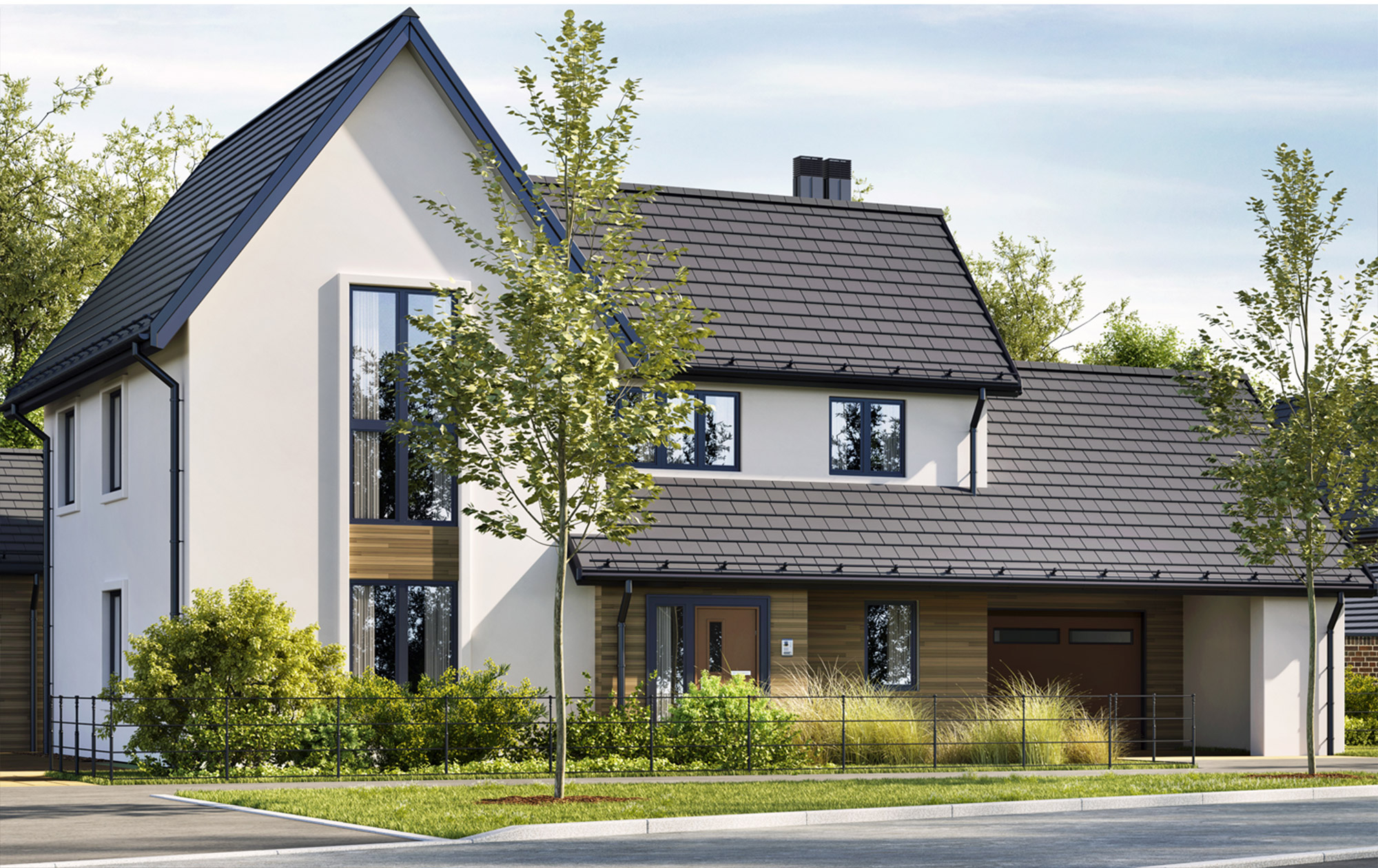
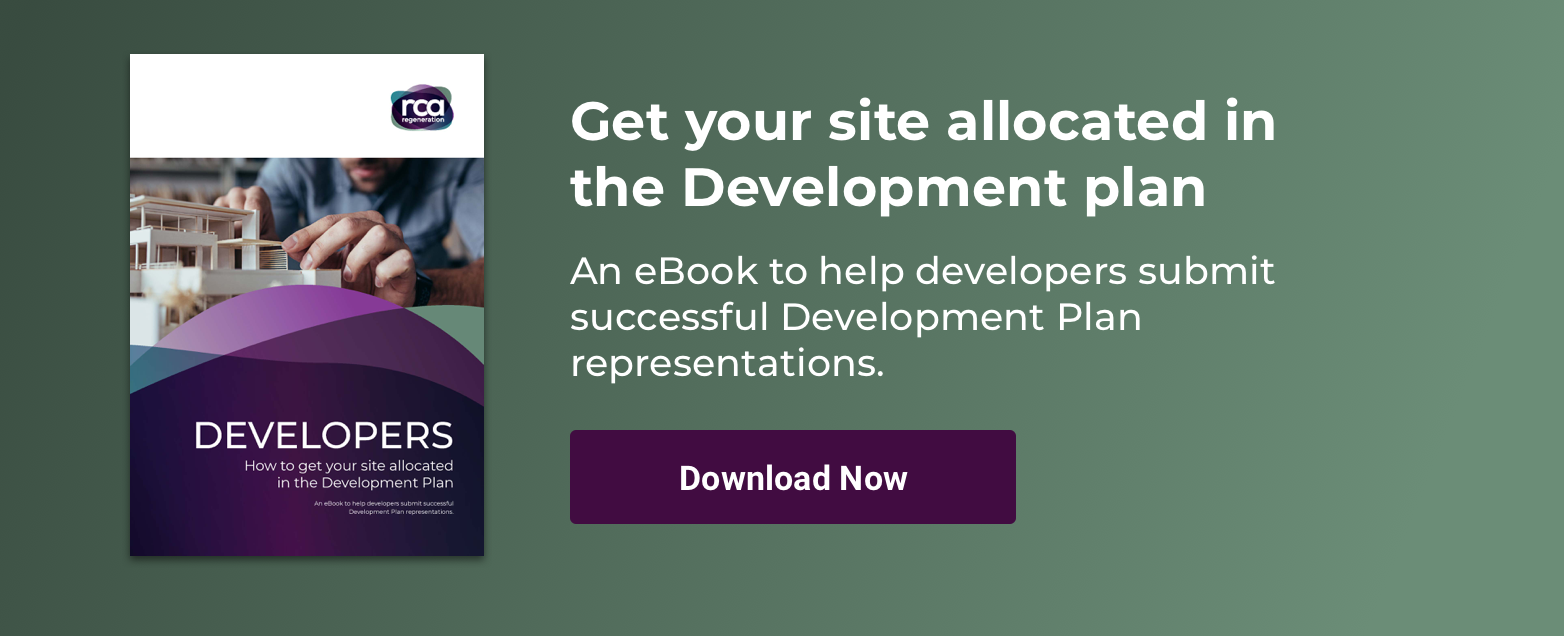

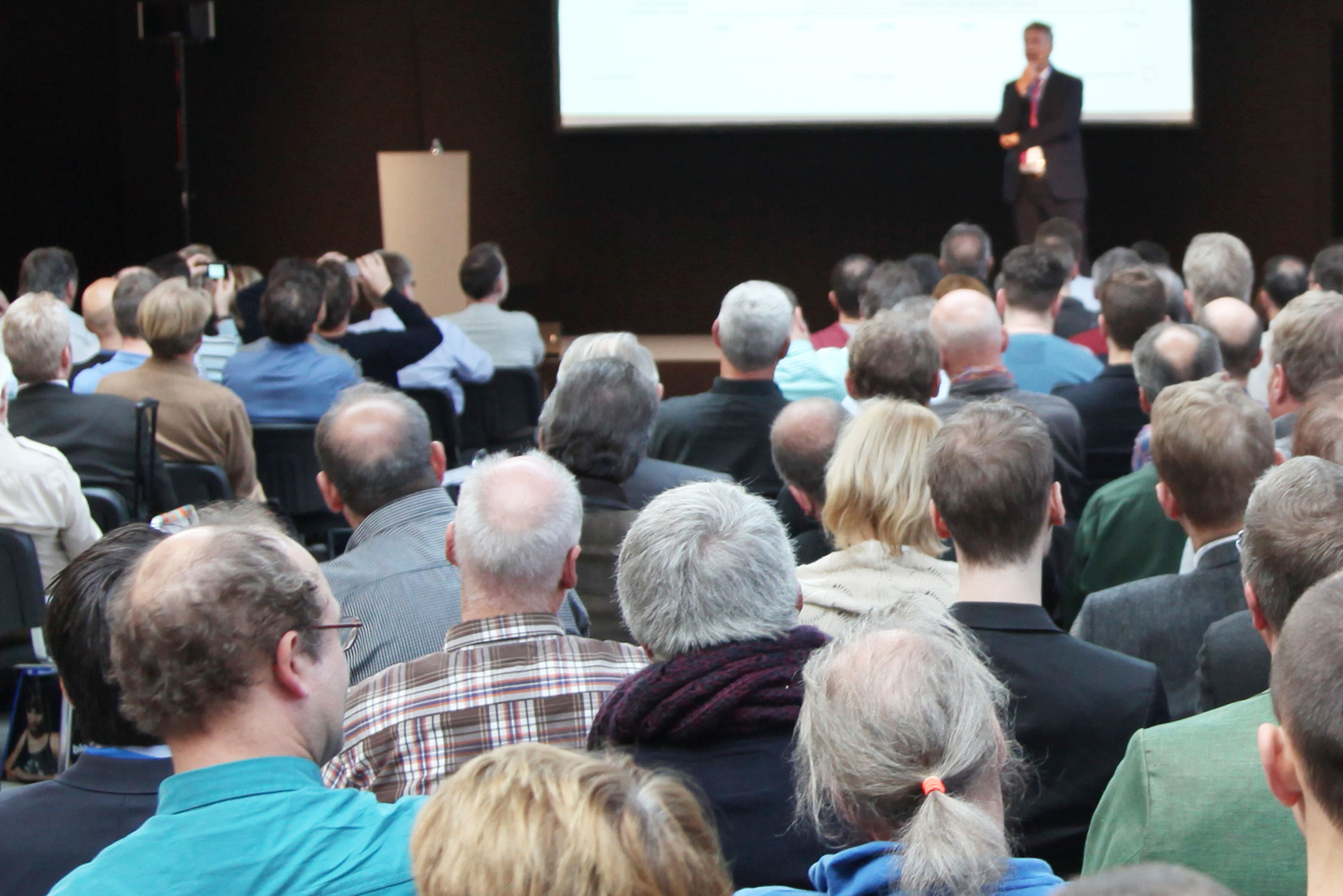
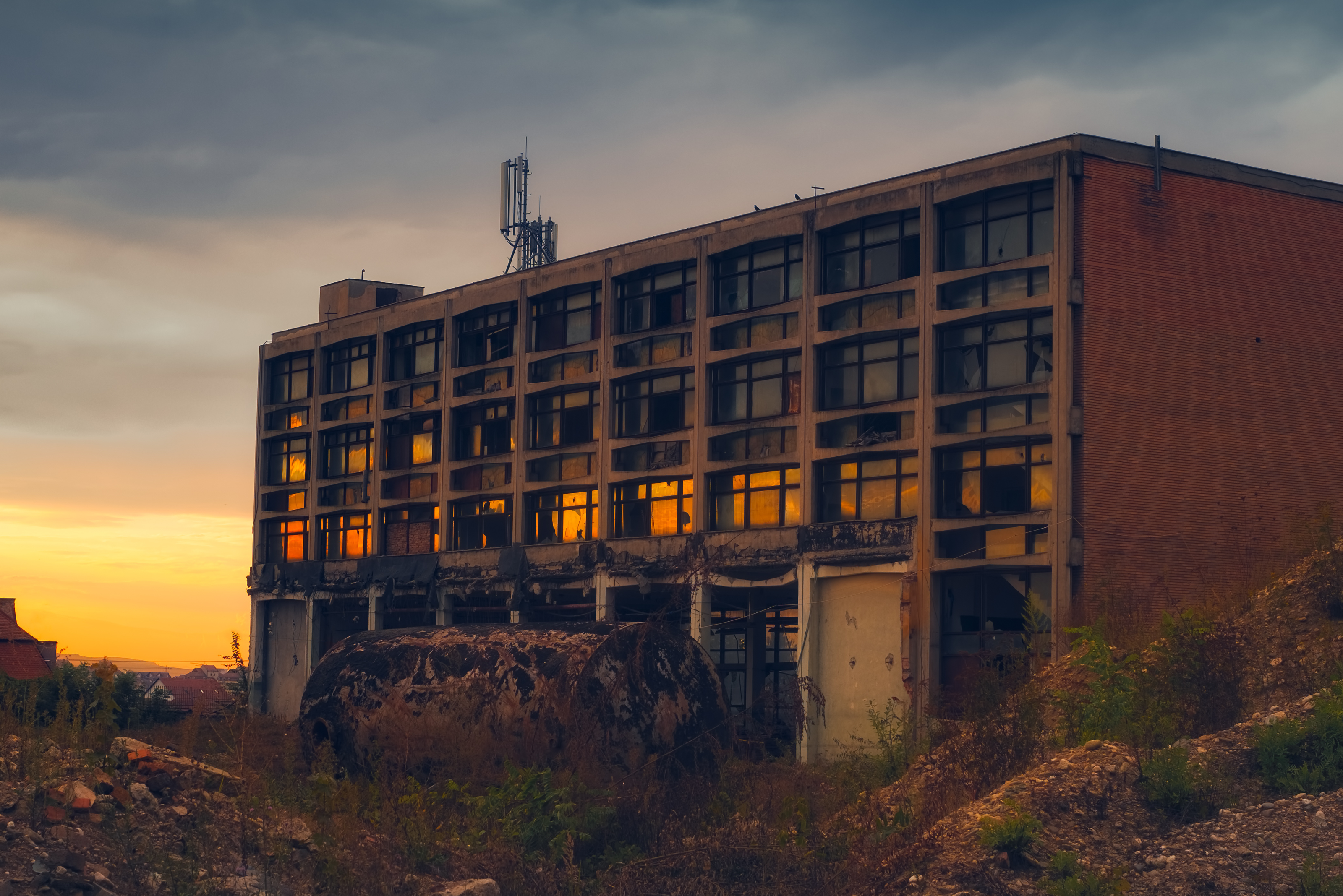
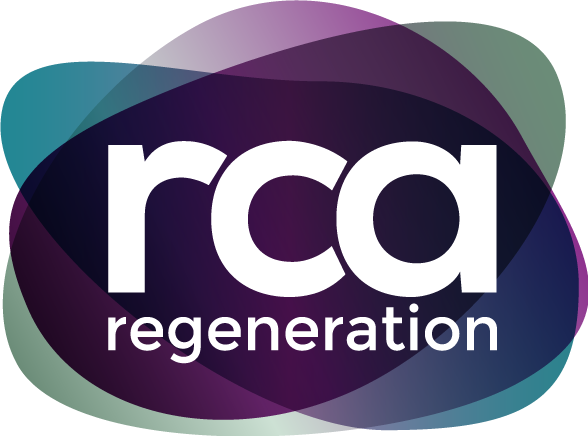
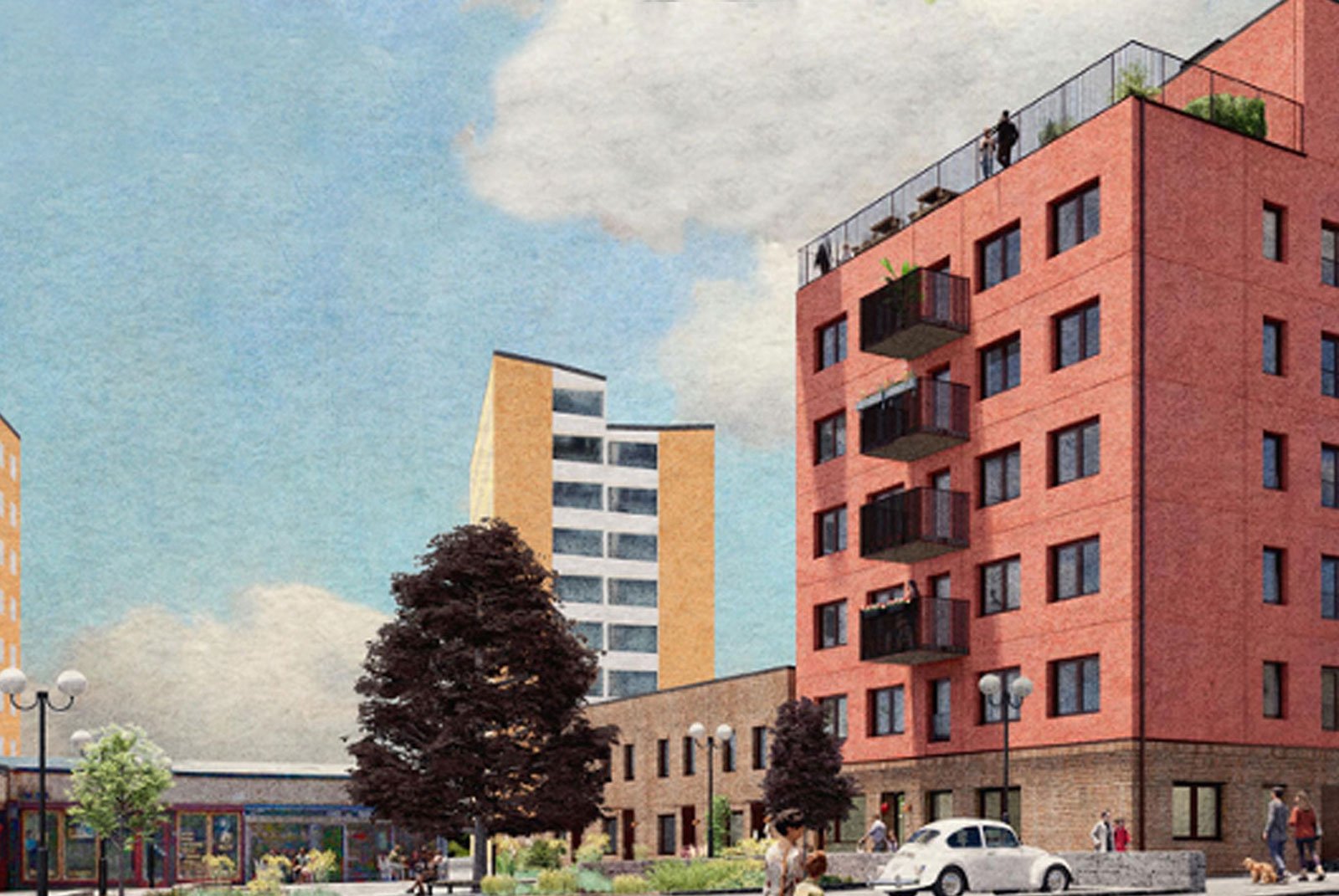
Leave a Comment